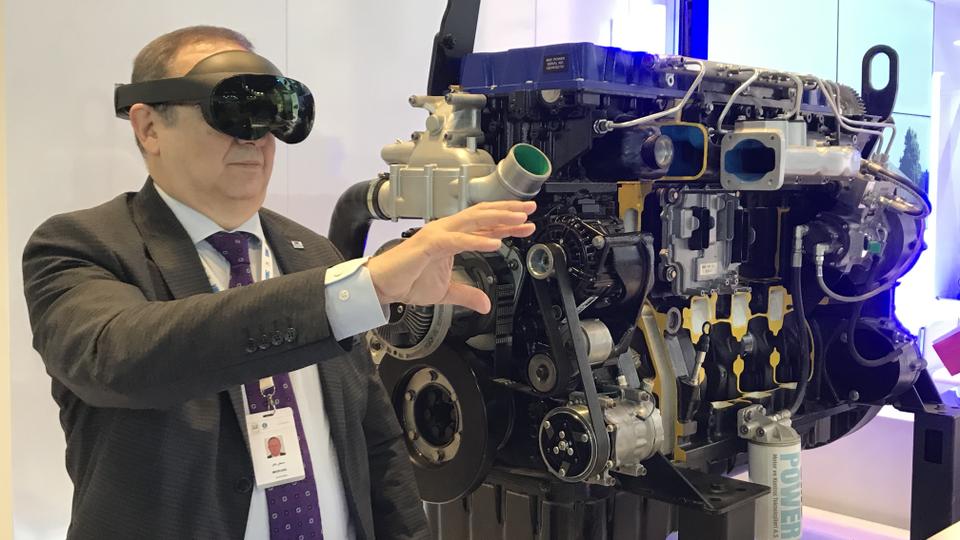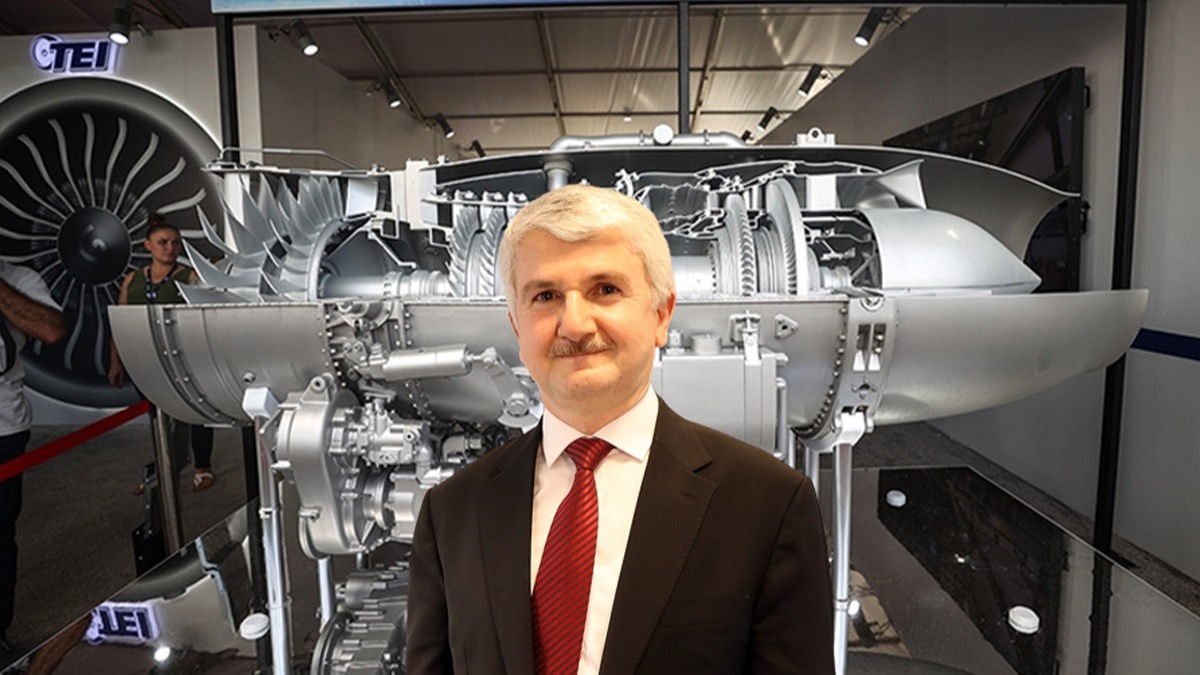Thanks for the informative post but I wasn't really asking for a traditional type of fighter but one that doesn't have vertical stabilizers, From what I understand Fluidic Thrust Vectoring might be necessary for fighters that lack vertical stabilizers.Although thrust vectoring gives a definite advantage in agility and quick manoeuvrability, the advantage obtained has not been a game changer or a must case. In fact information to the contrary has been more prevalent.
Just to give you a quick example; The EJ200 engine has had a TVC version which also gives an increase in thrust (both dry and withA/B). Eurofighter users have not opted for this version. Because the advantage wasn’t worth the effort.
Where it would be used most is the dog fights and escaping a2a missiles.
But from pilots‘ anecdotes and technical papers it is certain that when TVC is applied the plane loses so much energy and momentum that to recover it becomes a problem in WVR missions. This has come to light when F22s were played against German Typhoons in Alaska.
With more BVR oriented planes, TVC is not seen a necessity at all.
That said I may be wrong on this, if anyone knows please feel free to jump in and correct me.
Last edited:













